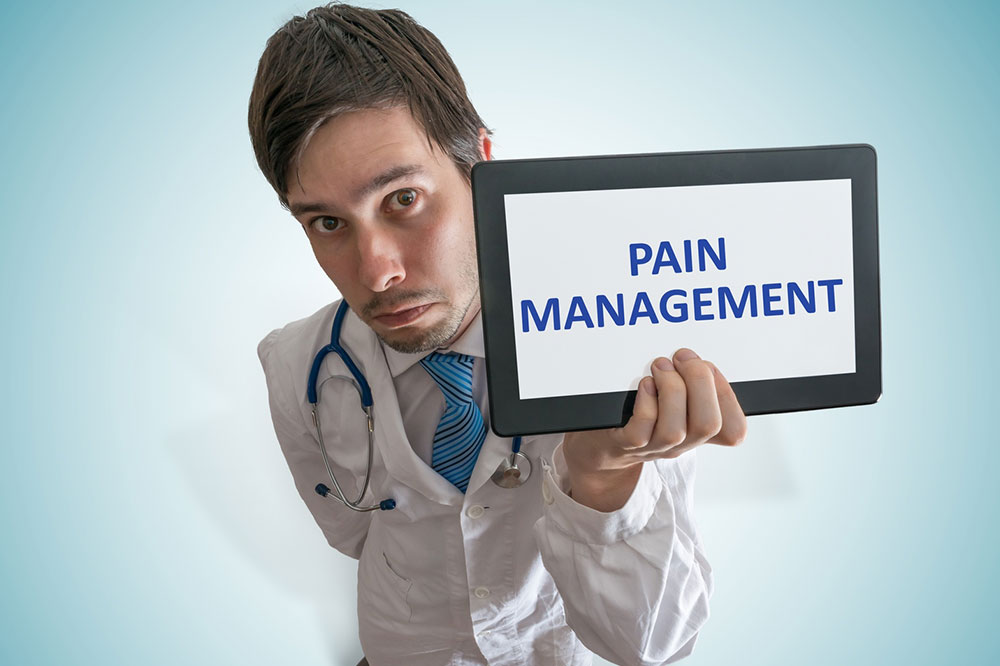4 simple pain-management techniques for prolonged relief
Pain is the body’s natural response to alert the mind that it is under physical duress. Without experiencing pain, it is not possible to know if something is wrong. However, persistent pain can cause endless suffering and hinder your way of life, affecting your daily routine. Injuries, medical conditions, and sometimes even genetics can cause temporary or chronic pain.
To overcome such discomforts and provide better relief, medical professionals may suggest the following pain management techniques.
Heat and cold therapy
Medical professionals recommend heat or cold therapy for muscle and joint pain relief at home. For a more recent injury, cold therapy applied within 48 hours can help relieve the inflammation by reducing blood flow to the affected areas; it numbs the surrounding tissue and curbs the pain.

Exercise
It is a given that mobility may become limited due to chronic pain. So, you might wonder how it is even possible to work out. However, with a combination of medications and ongoing treatment, it is possible to alleviate severe pain and improve movement.
Music therapy
Music helps soothe the soul and helps put your mind at ease. Have you noticed how relaxed you might feel after listening to your favorite genre? That is because your mind is conditioned to receive the musical input and process it for a pleasurable stimulating response. The same logic works for pain management, as music therapy helps take your mind off the pain and discomfort for a continued period. Many studies show listening to classical music after childbirth, or significant surgery helped the patients stay distracted for the body and mind to heal from the trauma. It might work well for a genre of your choice as well.
Biofeedback
The mind is the master of the body, period. And medical professionals can help stimulate certain neural responses using biofeedback therapy to control, manage, and numb pain. Using the information gathered from the body’s initial response, you can apply breathing, heart rate, and muscle control techniques to condition the mind and refocus away from the pain. Biofeedback can invoke both mental and physical responses, depending on the underlying condition causing the discomfort. Note, not all can benefit from biofeedback, as it has its limitations.

